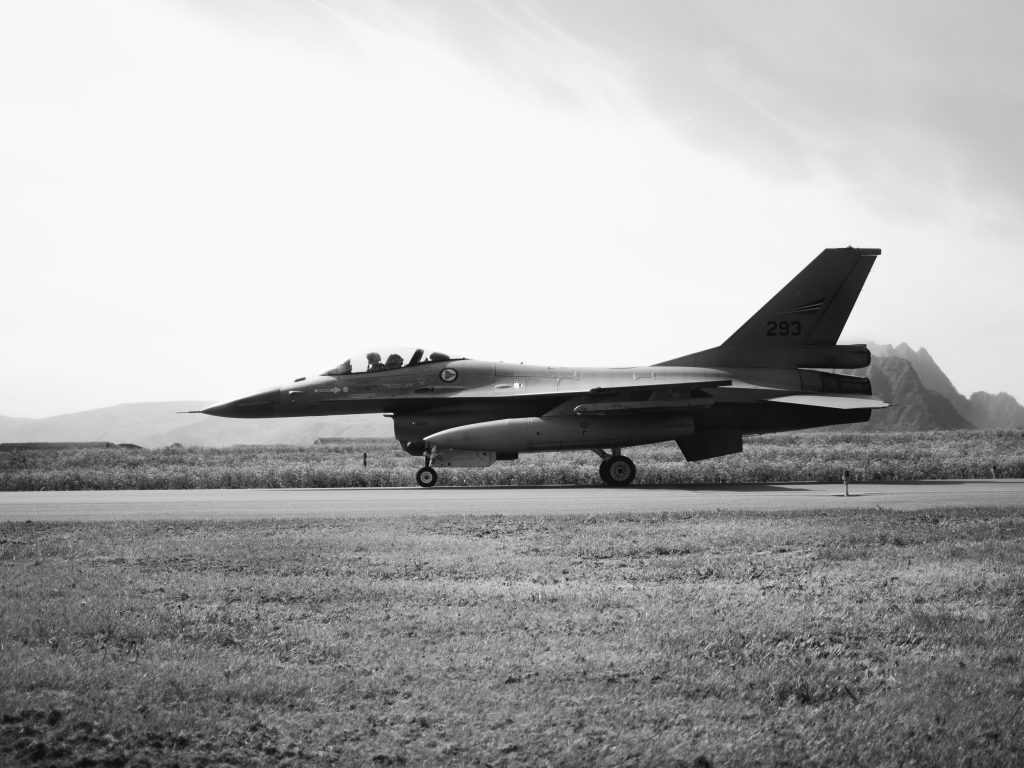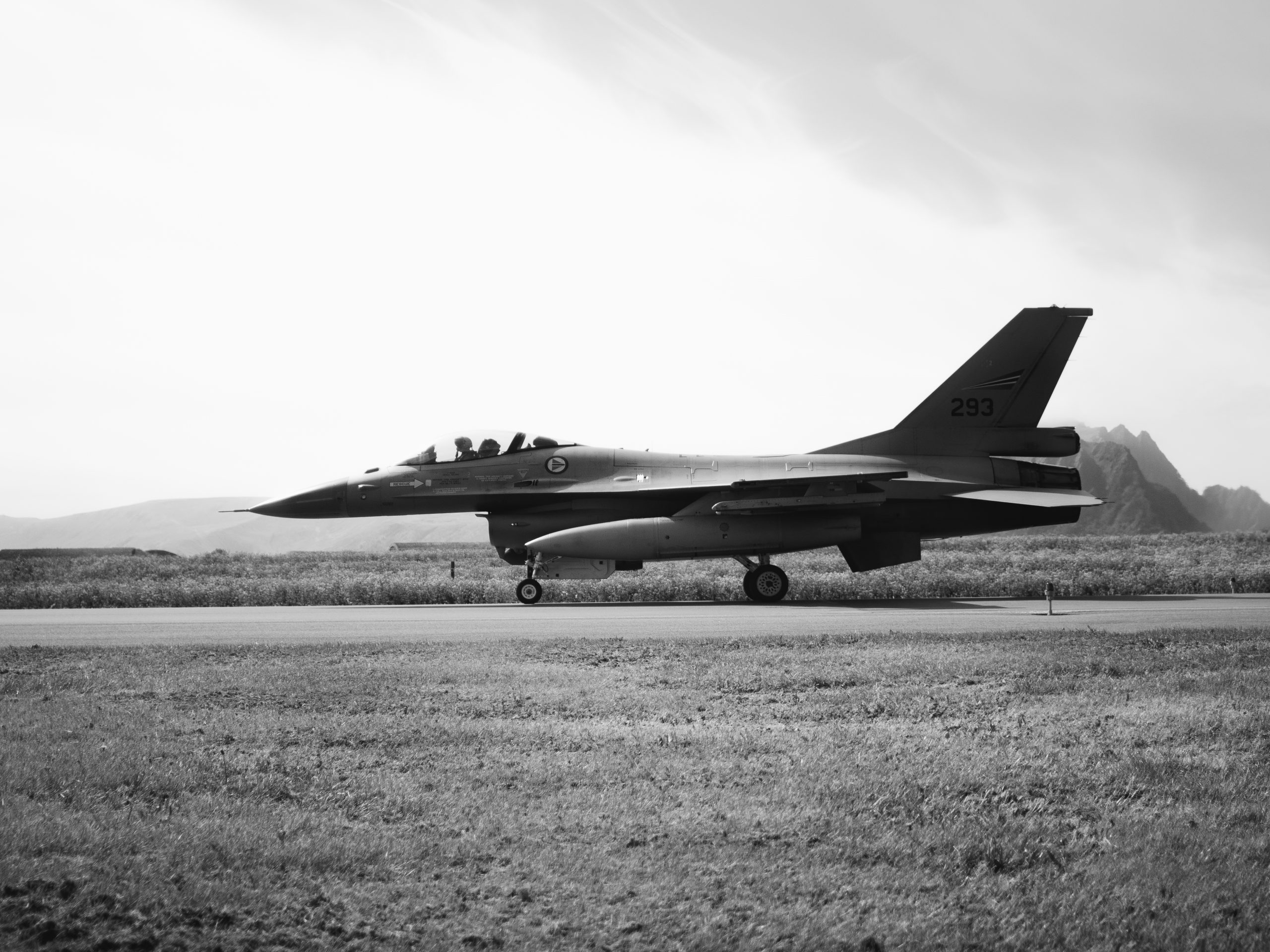
On May 1, thousands of eager aviation enthusiasts gathered at the Turkish Aerospace Industry facilities for a historic moment in Turkish defense. The highly anticipated unveiling of the TAI TF-X fighter, now officially known as The KAAN, left the crowd in awe.
The momentous occasion was part of the “Future Century Promotion Program,” a gathering of industry leaders and aviation aficionados. Attendees were treated to an impressive lineup of aircraft, including the Hurjet light attack and training helicopter, the Anka-3 drones, the Atak-II helicopter, and the upgraded F-16 Ozgur.
However, the star of the show was undoubtedly The KAAN, which made a grand entrance on its own. As a camera drone captured every angle, the aircraft stopped at the center stage, and officials secured its wheels with stoppers. The inscription KAAN adorned the plane’s cockpit, serving as a bold declaration of Turkey’s aerospace innovation.
The Turkish Aerospace Industry has been making waves lately, and the future looks bright for the local defense industry. Back in March, the highly-anticipated twin-engine Turkish fighter was taken out of the hangars for the first time and successfully performed its first taxiing tests on the runway.
The good news keeps coming, as the KAAN is set to perform its first flight test by the end of 2023, several years earlier than Ankara’s original plans for 2026. The KAAN will come in three different prototypes – Block 0, Block 1, and Block 2, each increasing the level of tests and development.
Turkey’s Air Force is set to have the first 10 combat aircraft of the fifth-generation KAAN in its inventory by 2029, and it’s no wonder why. The KAAN will be an aerial platform designed to cooperate with unmanned aerial vehicles, making Turkey one of the world leaders in combat drone design and production. With its advanced weapons and capabilities, the KAAN will be able to conduct air-to-air combat with weapons of a new generation.
The first colors of the KAAN are a sleek gray, making a bold statement of Turkey’s aerospace innovation. The future is looking bright for the Turkish Aerospace Industry, and we can’t wait to see what groundbreaking developments are on the horizon.
“Air-to-air combat with new-generation weapons will be able to perform precision strikes from internal weapon slots at supersonic speeds. It will provide increased combat power with artificial intelligence and neural network support.”
Peers
The Turkish aerospace industry is making great strides with the KAAN, which promises to introduce the world’s largest test centers such as the Lightning Test Facility, Radar Cross Section Facility, and Wind Tunnel Facility in the country. With advanced test data processing capabilities, the KAAN is sure to take the industry to new heights.
The KAAN will be joining the ranks of the world’s elite fifth-generation fighters, which include the American F-22 and F-35, the Chinese J-20, and the Russian Su-57. South Korea has also entered this elite group with its KF-21 Boramae undergoing extensive flight tests to ensure its flight characteristics and avionics are top-notch. If all goes well with the tests, South Korea and Indonesia are expected to be the next to acquire the fifth-generation fighter.
While the Americans are currently leading the pack in terms of technology, China is quickly catching up. The world is eagerly anticipating the technological capabilities of the Turkish KAAN, and what avionics and armament it will use. With the Turkish Aerospace Industry at the forefront of aviation innovation, the future looks bright for the KAAN and the country’s defense capabilities.





